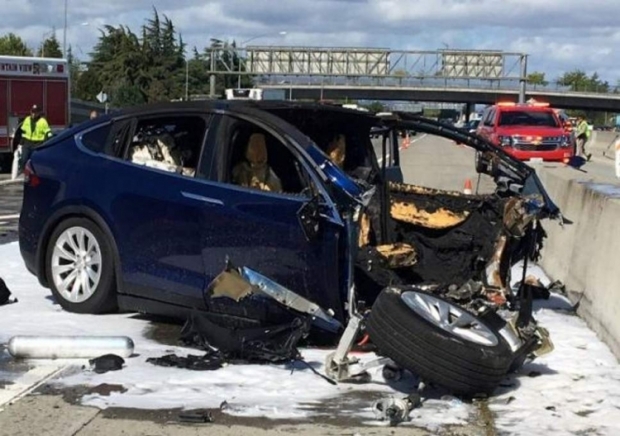Based on this, it would look like legacy automakers aren't assured instant success when they roll out new plug-in models. Tesla's Model S and X have primarily held their own against the two crossovers that offer a shorter range and less plentiful public charging infrastructure.
Pro-Tesla press writers claim that "Jaguar and Audi lack the cool factor Musk has cultivated for the Tesla brand by taking an aggressive approach to autonomy and using over-the-air software updates to add games and entertainment features". But then the Pro-Tesla press is a little like the Tame Apple Press.
Tesla's Model X and Model S each boast more than 300 miles of range, and the cheaper Model 3 travels 240 miles between charges. Jaguar's $69,500 I-Pace is rated at 234 miles, and Audi's $74,800 e-tron registers 204 miles.
Jaguar's marketing team spent years laying the groundwork to introduce the I-Pace. In 2016, the brand joined Formula E, an open-wheeled, electric-powered race circuit similar to Formula One. Porsche and Mercedes-Benz are joining Formula E for the 2019-2020 season to help generate buzz for the new all-electric models they have coming out. The circuit makes stops in cities including New York, Hong Kong and London, which the brands are banking on as significant markets for plug-in cars. But while Formula E is drawing crowds of urban dwellers and a substantial audience on social media, all that buzz may not necessarily translate into showroom traffic.




